2. Governance & Commitment
Best Practice Guidelines

Stated commitment from the top: The board ensure that management, employees and stakeholders know its commitment to the anti-bribery policy and the anti-bribery programme. This includes making high profile commitments, internally and externally, on the company’s ethical values, and committing to the anti-bribery programme. Statements can be made on the website, eternal reports and publications affirming the company’s collective commitment to prohibition of bribery and the measures it takes to ensure that values are embedded in the company and bribery risks are countered.

Compliance with laws: The company commits to being compliant with relevant anti-bribery legislation and has a procedure for this. It may seem superfluous to state that a company should comply with laws but making it an explicit commitment focuses attention and actually achieving compliance is complex and requires a systematic process.

Accountability and transparency: The board is accountable to shareholders and other stakeholders on how well the company is meeting its commitments to doing business ethically (including being free from bribery). Accountability is expressed through oversight and reports to stakeholders and engagement.

Knowledge and vigilance: The board ensures it is knowledgeable and vigilant about corruption risks, emerging issues, advances in best practice and changes to relevant legislation and the design and implementation of the anti-bribery programme.

Skilled: The board is adequately equipped to fulfil its responsibilities relating to the anti-bribery policy through receiving training and briefings. These should be provided to board members on appointment and then on a regular basis.

Clear assignment of responsibilities: The board ensures that authority and responsibilities for implementing the anti-bribery programme are assigned clearly throughout the company.

Independent oversight: Independent assessment of the implementation of the anti-bribery programme should be provided by non-executive directors through a board sub-committee which oversees the commitment to ethics and integrity. A consideration here is how the chief compliance officer should report to the board.

Risk approach: The board decides the risk approach for bribery.

Organisational: Clear responsibilities and accountability for implementation of the anti-bribery programme should be assigned to staff and there should be supporting organisational structures and procedures.

Review: Countering bribery should be a standing item on the board agenda with the board receiving regular reviews on the implementation of the programme and the ever-changing external environment of new laws, emerging practices, societal changes and new technologies. This will ensure it remains alert to the specific risks of bribery for the company. Reports should be received on any incidents or allegations of bribery and actions taken to correct deficiencies.

Awareness of legal risks for directors and officers:Directors should be aware of the growing criminal and civil risks for directors and officers attached to bribery offences. Directors are expected both legally and in codes for corporate governance to exhibit sound judgment in fulfilling their fiduciary responsibilities of corporate governance and oversight, including overseeing the company’s efforts to prevent bribery and effectively manage company risks.

